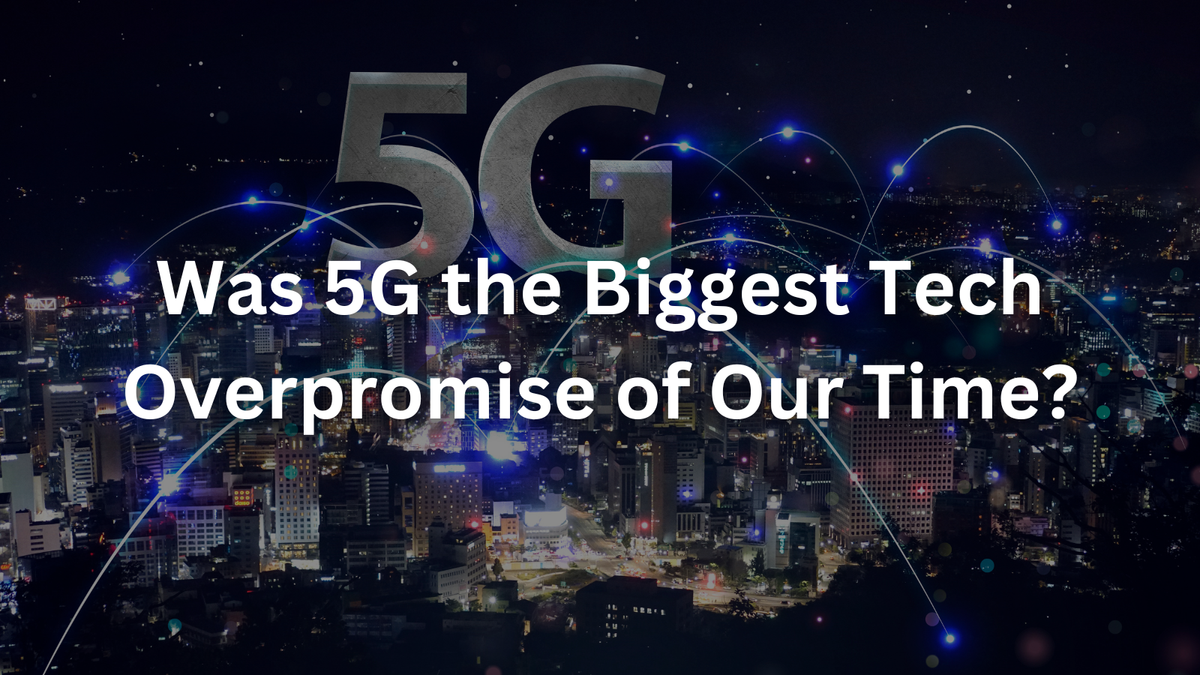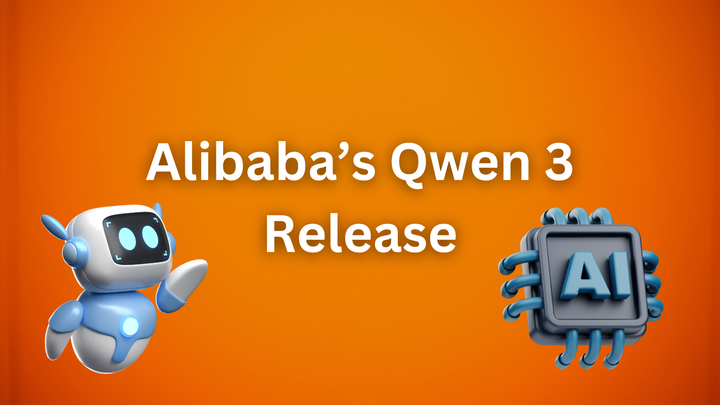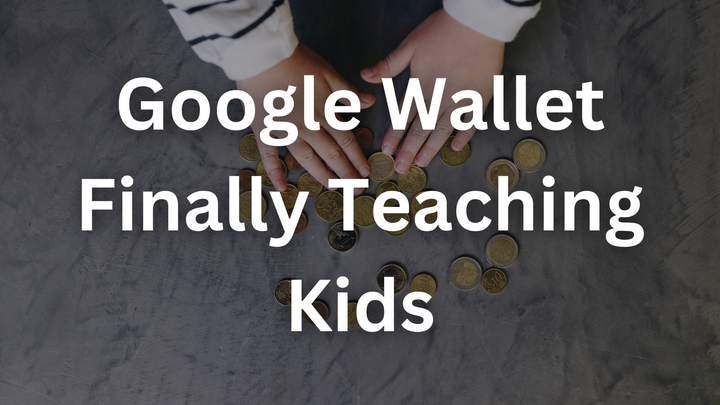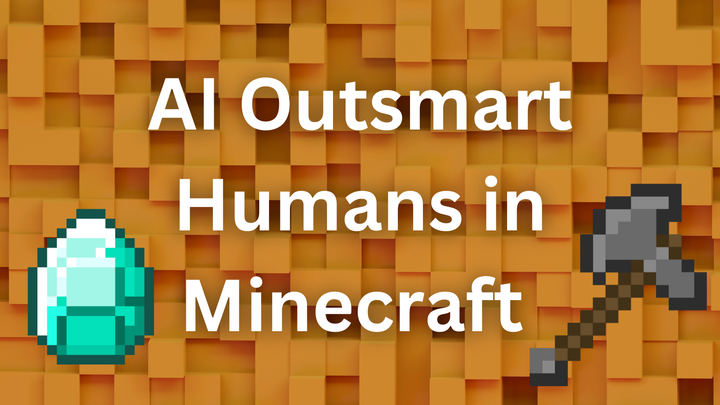Was 5G the Biggest Tech Overpromise of Our Time?

The 5G Illusion: Why the Revolution Never Arrived
Telecom giants promised 5G would rewire society—enabling remote surgery, autonomous cars, and seamless smart cities. Instead, most users got marginally faster speeds and spotty coverage. Billions were spent, towers multiplied, yet the revolutionary use cases remain MIA. Let’s unpack why.
🌐 Problem Analysis: Why 5G Fell Flat
- 📉 Overhyped Use Cases: Remote surgery and driverless cars were marketed as 5G-dependent miracles—but ignored practical barriers like medical regulations and safety redundancies.
- 📡 Technical Tradeoffs: Millimeter wave frequencies (key to 5G’s speed) have limited range and struggle with obstacles—requiring antennas every 200 meters. Most carriers opted for cheaper 4G/5G hybrids.
- 💸 Misleading Marketing: Phone “5G” icons often signal network proximity, not active usage. Coverage maps exaggerate availability, especially in rural areas.
- 🤖 Premature IoT Reliance: While IoT could benefit from 5G’s capacity, the ecosystem (sensors, protocols, standardization) isn’t mature enough to scale.

🚀 The Future Case for 5G: Beyond the Hype
While the consumer rollout has been underwhelming, industrial applications might salvage 5G’s potential:
✅ Network Slicing: Carriers like Verizon are testing dedicated 5G “lanes” for critical services (e.g., emergency communications).
✅ IoT 2.0: As sensors and smart devices proliferate, 5G’s ability to handle 1 million devices per square kilometer could enable real-time supply chain tracking or city-wide energy grids.
✅ Autonomous Vehicles: Though 5G isn’t a silver bullet, its low latency could enhance vehicle-to-vehicle (V2V) communication. For example, cars sharing road hazard data instantly—reducing accidents by up to 30% in trials by Waymo and Tesla.
🚧 Challenges Holding Back the 5G Dream
- ⚠️ Infrastructure Costs: Building full 5G requires $1 trillion+ globally—carriers like AT&T are prioritizing urban centers, leaving rural areas in the 4G past.
- ⚠️ Consumer Apathy: With 65% of users reporting “no noticeable difference” between 4G and 5G, carriers struggle to upsell.
- ⚠️ Technological Gaps: Self-driving cars still rely on onboard AI for split-second decisions—5G’s latency (<1ms) is useless if networks drop signals mid-highway.
💡 Final Thoughts: Will We Repeat Mistakes with 6G?
The blog author argues that while 5G isn’t a scam, it’s a mismatch of timing and priorities. The infrastructure investments are real, but the payoff will take years—and depend on IoT, automation, and smart cities catching up. For 6G, we need:
📈 Honest Marketing: Distinguish incremental upgrades from true breakthroughs.
📈 Regulatory Support: Governments must incentivize rural infrastructure, not just urban showpieces.
📈 Use Case Validation: Build tech with the network, not as an afterthought.
Was 5G a stepping stone or a costly detour? Let’s discuss on X(Former Twitter).
Sources: Nucleus_AI. The 5G Scam: How We All Got Played by the Biggest Tech Hype of the Decade, March 23, 2025. https://yourstory.com/2025/03/5g-scam-hype-failure-explained



